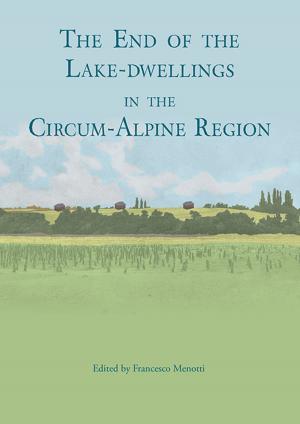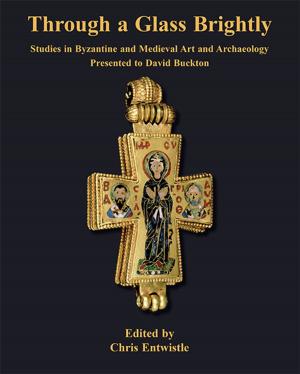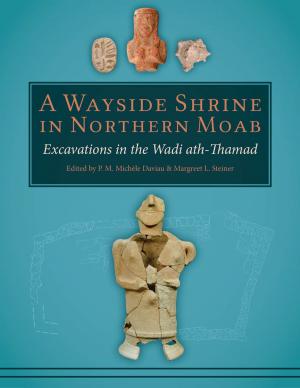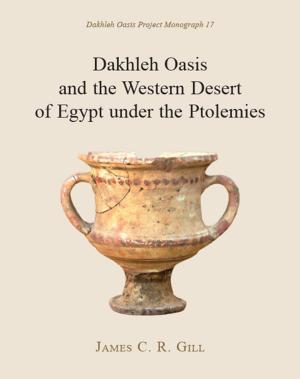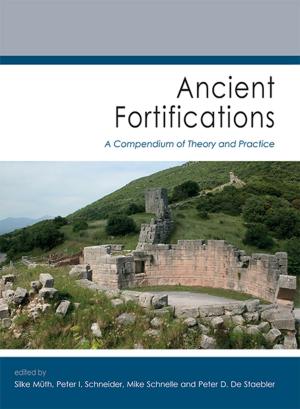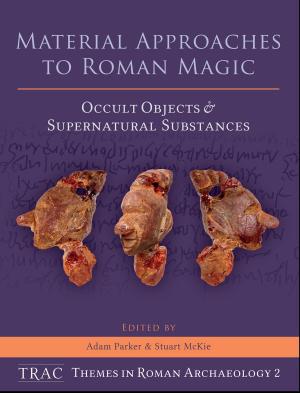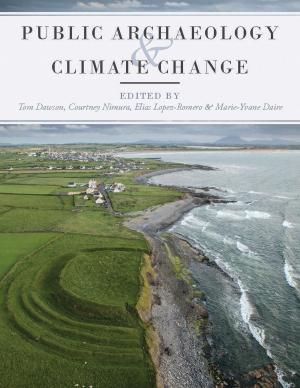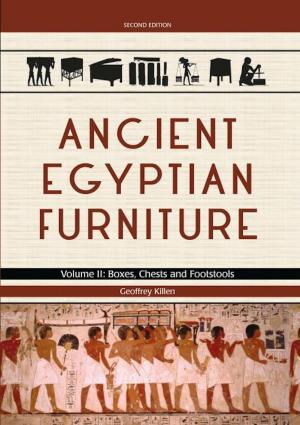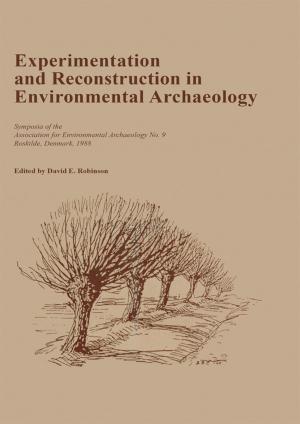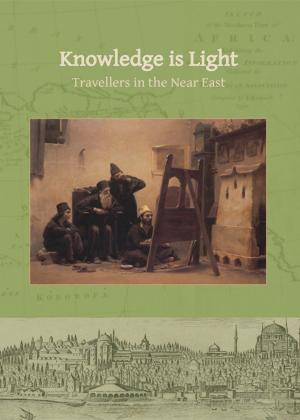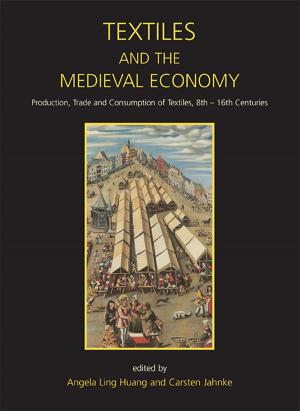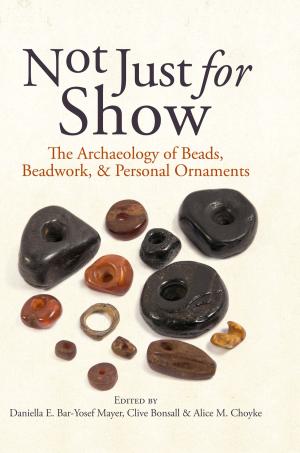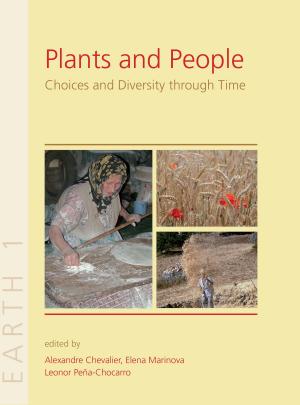Movement, Exchange and Identity in Europe in the 2nd and 1st Millennia BC
Beyond Frontiers
Nonfiction, History, European General, British| Author: | ISBN: | 9781785707179 | |
| Publisher: | Oxbow Books | Publication: | July 31, 2017 |
| Imprint: | Oxbow Books | Language: | English |
| Author: | |
| ISBN: | 9781785707179 |
| Publisher: | Oxbow Books |
| Publication: | July 31, 2017 |
| Imprint: | Oxbow Books |
| Language: | English |
This collection of papers by an international chort of contributors explores the nature of the maritime connections that appear to have existed in the Transmanche/English Channel Zone during later prehistory. Organised into three themes, ‘Movement and Identity in the Transmanche Zone’; ‘Travel and exchange’; ‘Identity and Landscape’, the papers seek to articulate notions of frontier, mobility and identity from the end of the 3rd to the beginning of the 1st millennium BC, a time when the archaeological evidence suggests that the sea facilitated connections between peoples on both sides of the Channel rather than acting as a barrier as it is so often perceived today. Recent decades have since a massive increase in large-scale excavation programmes on either side of the Channel in advance of major infra-structure and urban development, resulting in the acqusition of huge, complex new datasets enabling new insights into later prehistoric life in this crucially important region. Papers consider the role of several key archaeologists in transforming our appreciation of the connectivity of the sea in prehistory; consider the extent to which the Channel zone developed into a closely unified cultural zone during later Bronze Age in terms of communities that serviced the movement of artefacts across the Channel with both sides sharing widely in the same artefacts and social practices; examine funerary practices and settlement evidence and consider the relationship between communities in social, cultural and ideological terms; and consider mechanisms for the transmission of ideas and how they may be reflected in the archaeological record.
Brings together leading scholars from the UK and northern Europe in a thought-provoking and revealing new examination of the relationship between communities in the ‘Transmanche Zone’ in the Bronze and Iron Ages. The premise is that the English Channel was a conduit for connectivity and exchange of ideas, artefacts and social practices and rather than a barrier or frontier that had to be overcome before such connections could be fostered.
This collection of papers by an international chort of contributors explores the nature of the maritime connections that appear to have existed in the Transmanche/English Channel Zone during later prehistory. Organised into three themes, ‘Movement and Identity in the Transmanche Zone’; ‘Travel and exchange’; ‘Identity and Landscape’, the papers seek to articulate notions of frontier, mobility and identity from the end of the 3rd to the beginning of the 1st millennium BC, a time when the archaeological evidence suggests that the sea facilitated connections between peoples on both sides of the Channel rather than acting as a barrier as it is so often perceived today. Recent decades have since a massive increase in large-scale excavation programmes on either side of the Channel in advance of major infra-structure and urban development, resulting in the acqusition of huge, complex new datasets enabling new insights into later prehistoric life in this crucially important region. Papers consider the role of several key archaeologists in transforming our appreciation of the connectivity of the sea in prehistory; consider the extent to which the Channel zone developed into a closely unified cultural zone during later Bronze Age in terms of communities that serviced the movement of artefacts across the Channel with both sides sharing widely in the same artefacts and social practices; examine funerary practices and settlement evidence and consider the relationship between communities in social, cultural and ideological terms; and consider mechanisms for the transmission of ideas and how they may be reflected in the archaeological record.
Brings together leading scholars from the UK and northern Europe in a thought-provoking and revealing new examination of the relationship between communities in the ‘Transmanche Zone’ in the Bronze and Iron Ages. The premise is that the English Channel was a conduit for connectivity and exchange of ideas, artefacts and social practices and rather than a barrier or frontier that had to be overcome before such connections could be fostered.


